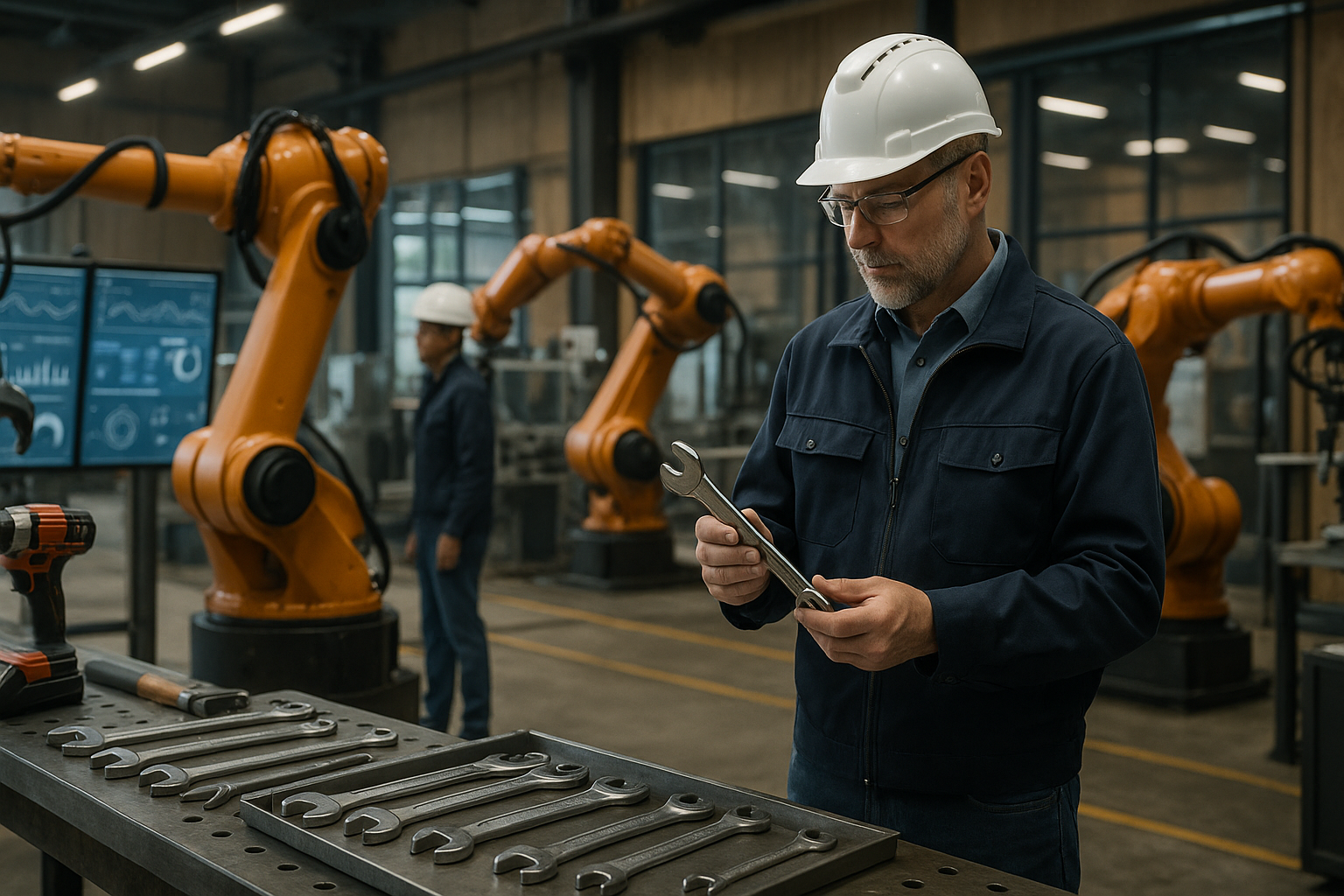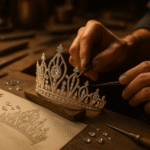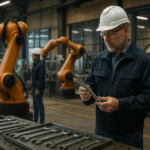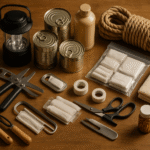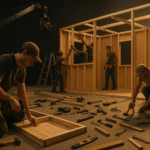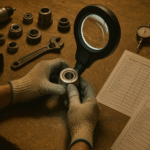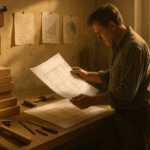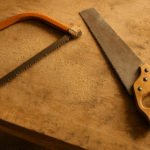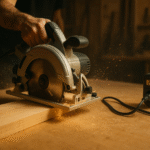Walk into any hardware store today and you can feel it before you even notice the signs — prices are different, shelves are a little tighter, and familiar product lines seem to shift faster than they used to. The world of tools, once defined by steady innovation and long-lasting quality, is now adapting to forces beyond the workshop: inflation, environmental policy, and a rapidly changing global economy. Together, these pressures are quietly reshaping how tools are made, used, and valued.
Inflation hasn’t just raised costs — it’s changed priorities. The rising price of materials like steel, copper, and aluminum has forced manufacturers to rethink design and production. Many are turning to composite materials and modular components to maintain durability without driving prices sky-high. This smarter, more efficient approach mirrors what’s happening in home workshops everywhere, where builders focus on long-term reliability and repairability rather than frequent upgrades. In many ways, it echoes the mindset explored in Top 10 Must-Have Tools for Every Modern Workshop in 2025, where efficiency replaces excess and versatility becomes the real measure of value.
But innovation isn’t happening in isolation. Around the world, new industrial and environmental policies are redefining what it means to build responsibly. Stricter limits on emissions and waste have encouraged factories to adopt renewable manufacturing methods, cleaner energy sources, and closed-loop recycling systems. Toolmakers that once competed on sheer performance now differentiate themselves through sustainability. They design with recyclability in mind, craft from responsibly sourced alloys, and publish impact data that goes beyond compliance. This transformation is shaping both how factories operate and how everyday users think about their purchases — a shift from “new” to “lasting.”
For independent makers and small-scale workshops, this landscape has its own challenges. Rising logistics costs have made imported tools harder to justify, pushing communities toward local production and tool-sharing initiatives. Cooperative workshops and neighborhood makerspaces are emerging as the new cornerstones of resilience, where access replaces ownership. The philosophy of “repair, don’t replace” is finding renewed purpose here. Builders are rediscovering the craft of upkeep — cleaning, calibrating, and sharpening their equipment instead of discarding it. That shift in mindset reflects what’s described in How to Maintain and Sharpen Your Power Drill Bits Like a Pro, where care and precision turn maintenance into a modern form of sustainability.
At the industrial level, technology has stepped in as a quiet ally. AI-driven manufacturing and IoT-enabled monitoring systems are becoming standard in large-scale factories, where sensors track vibration, heat, and wear long before a part fails. These digital tools prevent waste and improve consistency, while also shortening design cycles through simulation and predictive modeling. The same principles are reaching smaller workspaces too — from laser-guided measuring tools to app-connected drills that record torque data. The broader implications of this shift can be seen in How Smart Tools and IoT Are Transforming the Future of DIY, where connected devices redefine what precision means in practice.
Policy shifts have also reframed the human side of the industry. Rising production costs and global pressure on supply chains have led manufacturers to invest in reskilling programs for their workforce. Welders now operate robotic systems, machinists analyze digital readouts, and supervisors learn to track emissions alongside output. The blend of craft and computation is redefining what it means to be a builder in a connected world. This balance of skill and technology — of people adapting faster than machines — is the industry’s greatest strength. And when errors do occur, accountability has become the standard. Transparent communication and rigorous testing now set the tone for trust, just as shown in When Tools Get Recalled: What Quality Control Means in Modern Manufacturing, where learning from mistakes is a key part of progress.
Through all these changes, the purpose of tools remains unchanged — to enable creation. Whether it’s a precision machine on a production floor or a hand drill in a small garage, each represents a promise of capability. Inflation and regulation may shift how they’re built, but they can’t diminish the human drive to shape, repair, and invent. What’s emerging instead is a smarter, cleaner, and more deliberate form of toolcraft — one that respects both progress and planet.
The tool industry of 2025 is no longer just about price or performance; it’s about principles. Factories run leaner and greener, builders work more thoughtfully, and even the smallest acts of maintenance carry meaning. It’s not about what we own, but what we can sustain — and the precision, patience, and adaptability that keep the spirit of craftsmanship alive, no matter how the world around it changes.
